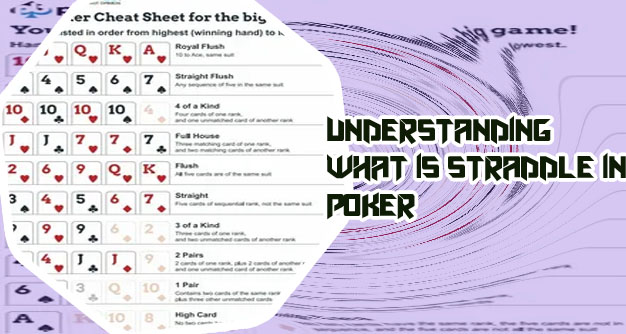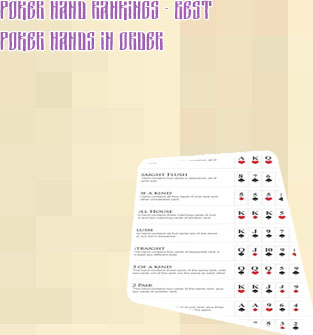- Home
- Video poker machines
- Best video poker strategy
- Wsop poker chips
- Gifts for a poker player
- Poker no deposit bonus
- Real money poker app
- 3 in 1 poker table
- Poker cards
- 888 poker log in
- Joker poker games free download
- Online poker fake money
- Online poker bonus
- Zynga poker facebook
- Poker stars iphone
- Poker game
- Stars poker
- Download strip poker
- Best free online poker sites
- Poker deals
- Poker offline
- Online poker real money
- Real money poker app android
- Governor of poker 2
- Winstar poker room
- Poker cash game
- Party poker app
- Download poker stars
- Poker strategies
- Best app to learn poker
- Best freeroll poker sites
- 247 poker free
- Video poker app
- Poker chips
- Poker stars shop
- Fulltilt poker
- Poker hand order
- Sexy poker
- Poker set
- Bet365 poker
- Governor of poker 2 gratis
- Jackpot poker
- Texas holdem poker online games free
- Best poker set
- Best poker chips
- Poker hands
- Virtual poker with friends
- Poker machine
- Best poker app
- Poker chip values
- poker strategy
- pokerstars
- carbon poker
- titan poker
- Party Poker
- full tilt poker
- Absolute Poker
- UB Poker
- bankroll management
- top tournament mistakes
- online poker tells
- poker table image
- NLHE tournament strategy
- Top five poker tips
- Bluffing in NL holdem
- Poker strategy tips

Poker winning hands
Other versions of lowball poker
Poker card order
"PokerStack is THE app you need to have as a live poker player."Poker.com Video Poker Variations In this section of our complete analysis of the poker hand ranking and what beats what in poker, you get a clear overview of the probability of poker hands.

Wilkinson’s Farm Livery Yard
The hands of poker
The highest value poker hand is a Royal Flush, while the lowest is a high card. The full ranking order is royal flush, straight flush, four of a kind, a full house, a flush, a straight, three of a kind, two pair, one pair, high card. Three of a Kind For all of the following problems we assume that all of the cards not in a player's hand or in the collection of community cards are drawn with equal probability. This is a valid assumption if we have no knowledge of the other players' cards (see the Blackjack lesson, problem 3 for further details). In actuality it may be possible to infer some information about an opponent's hand based on her betting patterns or behavior.